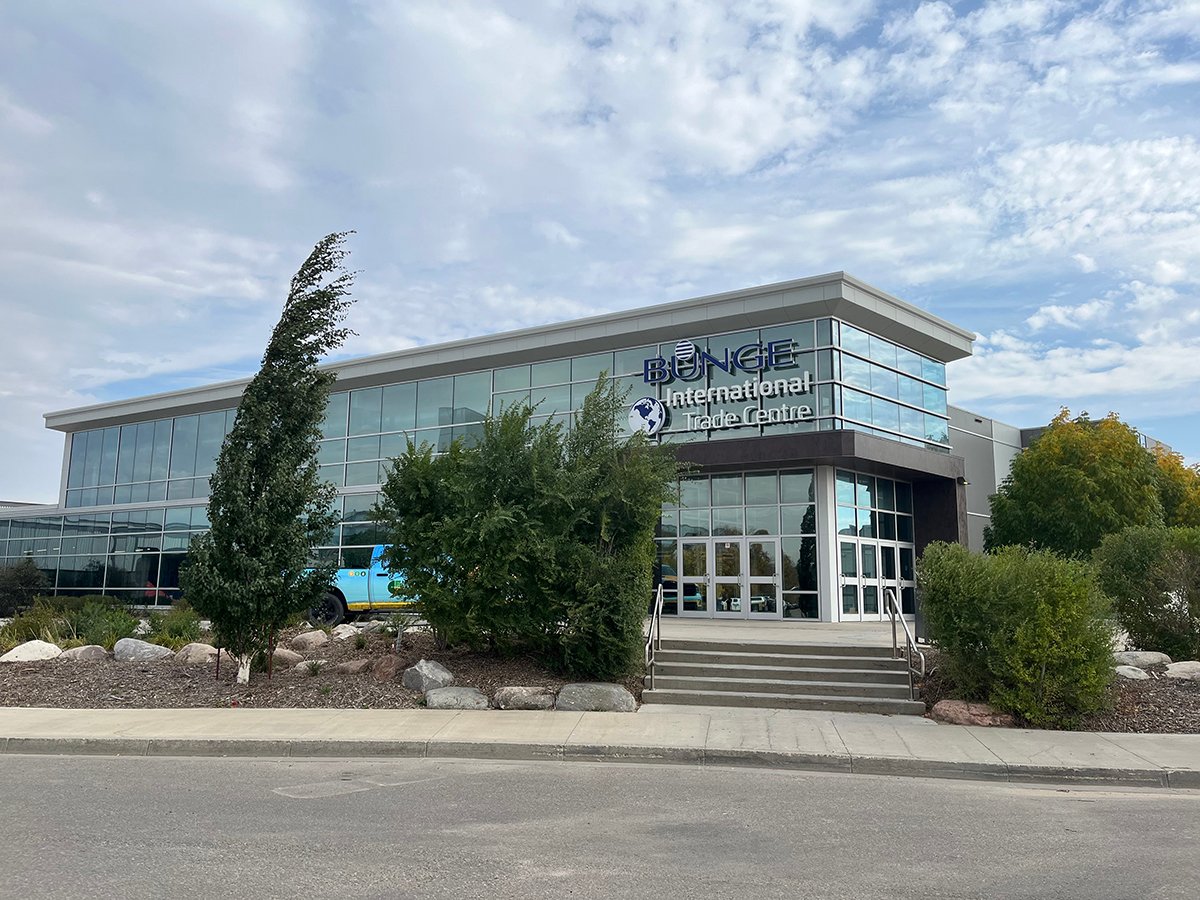Many community pastures are in critical condition this spring, with
some unable to take cattle, says Hugh Cook of the Prairie Farm
Rehabilitation Administration’s pasture planning and allocations
division.
He said PFRA has told its clients it will be a short grazing season.
“If we damage that grass in these few years of drought, then it’s a
long-term recovery and it’s the farmers that will suffer because we
won’t take the cows.”
The Rosetown region is Saskatchewan’s hardest hit area, with five of 10
Read Also

Grain firm merger means changes for Canada’s Farm Show
Bunge replaces Viterra on local building, event sponsorship at Canada’s Farm Show.
pastures critically dry. Unless rain falls in the next week or two, it
is questionable whether they will open this year.
Cattle are normally placed in these pastures by June 1, but most have
delayed opening by a week or more.
North Battleford is also dry, with five pastures in poor condition.
Recent snow in the Swift Current-Maple Creek region has helped, with
cattle expected to be able to graze for 60 to 90 days.
The Foam Lake region has adequate to borderline moisture levels, while
the Weyburn district is in good shape and is expected to take a full
complement of cattle this year.
Alberta’s Suffield pasture, helped by recent rain and runoff, has taken
only 25 percent of its normal numbers, but expects to keep them for at
least 60 days.
Manitoba has good moisture, but was a week late in opening due to a
cool spring and slow grass growth.
Cook said lower animal stocking rates mean reduced revenues for PFRA
this year. That will lead to repairing rather than replacing fences,
deferring major equipment purchases and reducing staff.
More bulls will also be culled this fall to avoid winter feeding costs.
Cook said there are fewer animals in the pastures, but still a lot of
area to cover.
“Even if there’s only 50 cows in the field, we still have three-section
fields to check.”
Cook predicted more culling of herds as producers run low on feed.
Others will turn their animals out on fields seeded to annual grass
crops.














